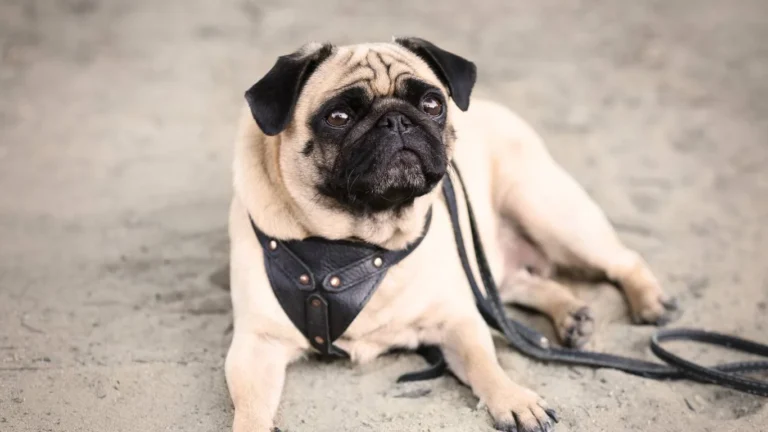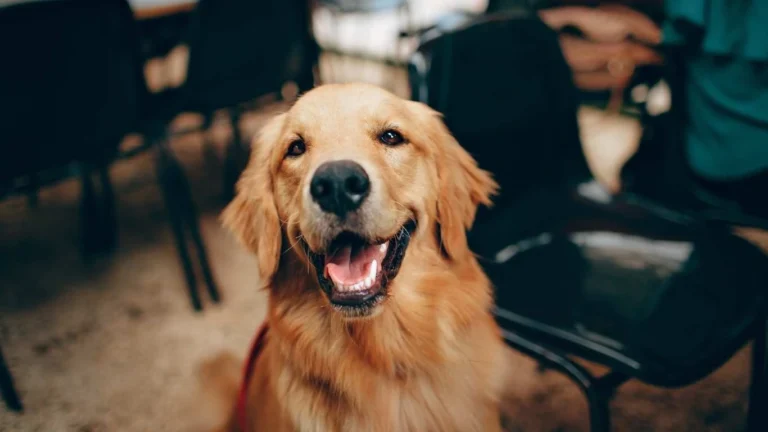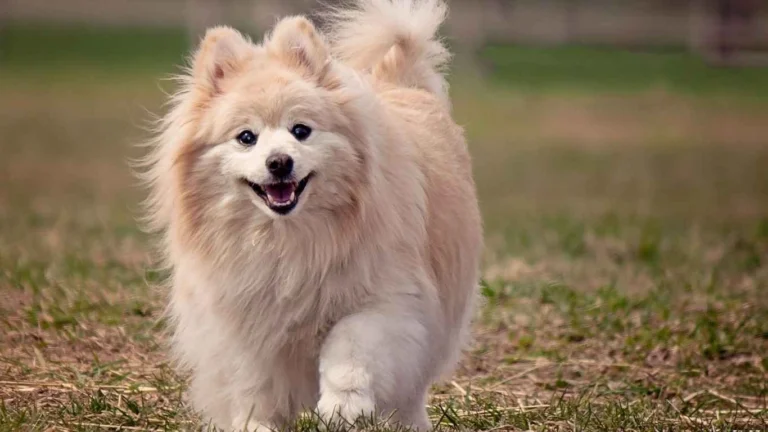Transform Your Dog’s Health: Homemade Diet Tips for Overweight Dogs
If you’ve ever looked into how to design a homemade diet for overweight dogs, you probably know how overwhelming it can get. Trust me, as someone who’s worked hands-on with hundreds of pups in shelters and clinics, I’ve seen firsthand how the wrong diet can sneak up on even the most well-meaning dog parents. A few extra treats here, a couple of table scraps there — and boom, your dog’s a little more round than you’d like. But here’s the deal: creating a balanced, nourishing, and safe homemade plan for an overweight dog isn’t just doable — it’s one of the best ways to support their long-term health. And no, you don’t need to be a canine nutritionist to get started (though I’ll definitely guide you like one).
Understanding the Risks of Canine Obesity
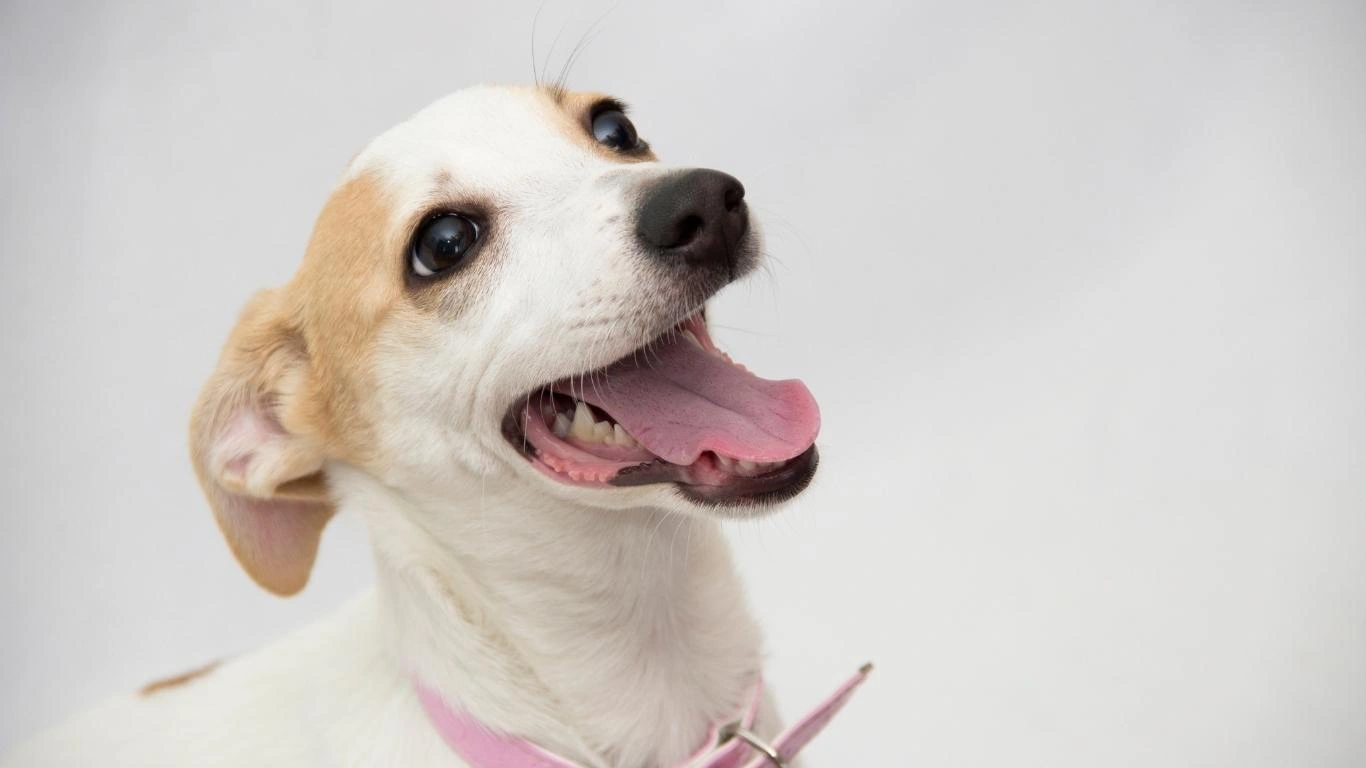
When we think of an overweight dog, it’s easy to picture a chunky cutie waddling around — maybe even a little funny looking. But in the clinic? It’s no laughing matter. I can’t tell you how many dogs I’ve worked with who had joint issues, early-onset arthritis, heart trouble, and even reduced life expectancy all because they were carrying extra pounds. Obesity in dogs isn’t just about looks — it seriously affects their quality of life. They’re tired faster, play less, and in some cases, their mobility becomes limited altogether.
Common Health Issues Linked to Dog Obesity
- Joint and Bone Problems: Arthritis is a big one, especially in senior dogs.
- Heart Disease: Carrying too much weight puts stress on the heart.
- Diabetes: Yes, dogs can get it too — and it’s no walk in the park.
- Respiratory Issues: Overweight dogs often struggle to breathe properly.
- Shortened Lifespan: Some studies suggest a drop in life expectancy of nearly 2 years.
So yeah, that extra chub isn’t just a cosmetic issue. The good news? You can start turning things around by taking a closer look at what’s in your dog’s bowl.
Why Homemade? The Benefits of a DIY Dog Diet
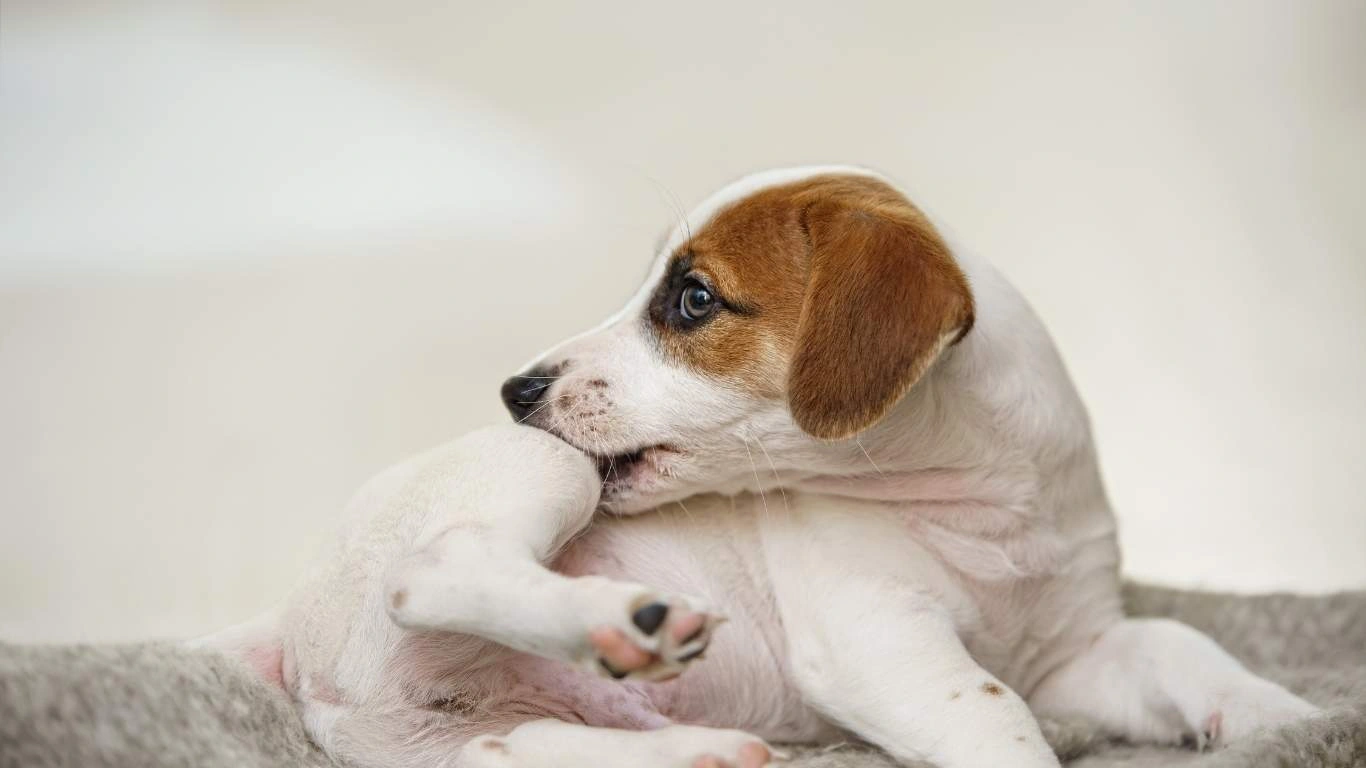
I get asked this a lot: “Why go through the trouble of making homemade meals when there are so many dog food brands out there claiming to be ‘healthy’ or ‘weight control’?” Here’s my two cents — and it comes straight from the floor of animal shelters and exam rooms: commercial pet food is convenient, sure, but it’s not always personalized. Every dog is different, and a one-size-fits-all approach doesn’t always work.
Top Reasons I Recommend Homemade Meals
- Control Over Ingredients: You know exactly what’s going into your pup’s body — no mystery byproducts or excess fillers.
- Better Portion Management: When you’re the one making it, it’s way easier to measure calories and adjust portions.
- Customizable Nutrition: You can tweak the recipe based on your dog’s age, breed, weight, and activity level.
- Fewer Additives: Many commercial diets contain preservatives that some dogs are sensitive to.
When I switched a foster dog named Marley (a very round Beagle mix) to a home-cooked diet, the change was incredible. Not just in weight — his energy soared, his coat got shinier, and he just seemed happier. Seeing that kind of transformation up close really hits different.
How to Design a Homemade Diet for Overweight Dogs Safely
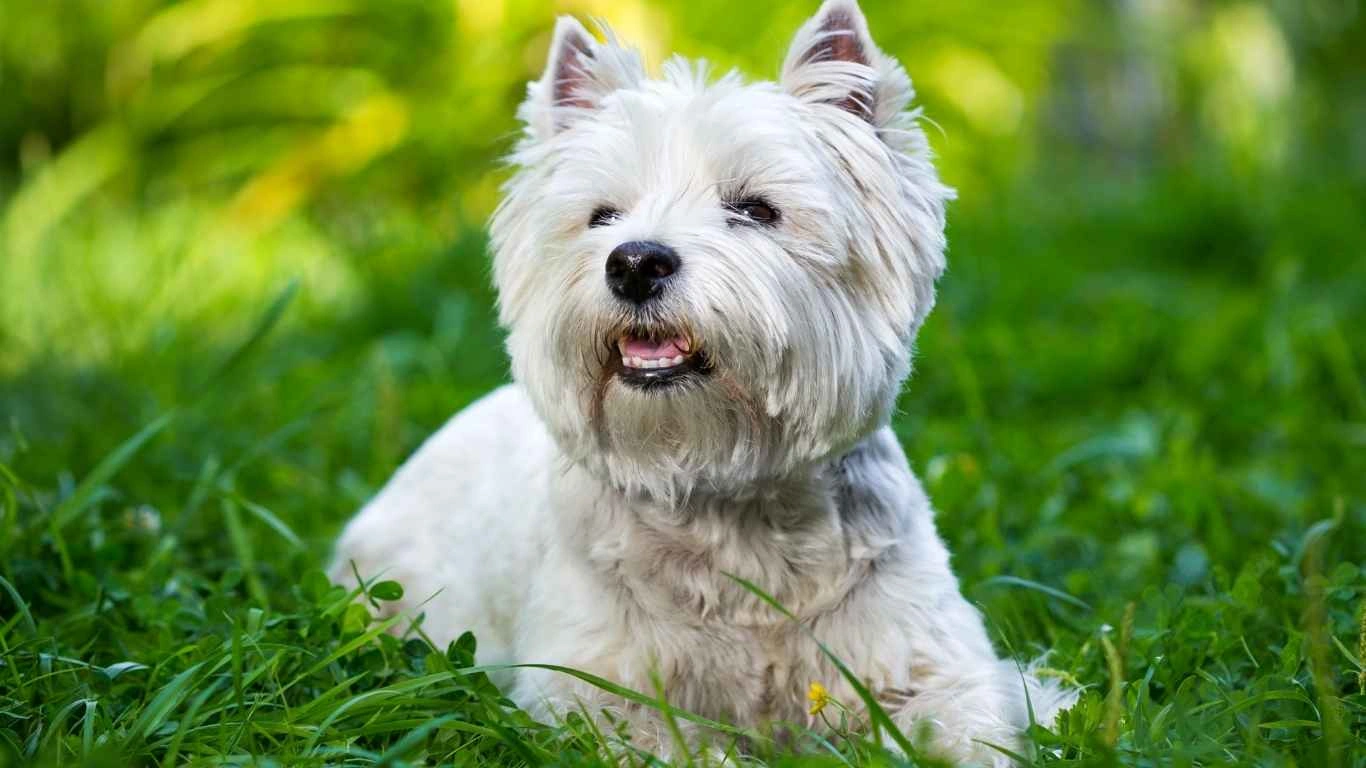
Let’s get into the meat and potatoes — figuratively, of course (actual potatoes in moderation only). Designing a homemade diet for overweight dogs means we’re doing more than just cutting calories. We’re building a balanced plate that helps them lose fat, maintain muscle, and stay satisfied so they’re not begging at your feet 24/7.
Start with the Right Macronutrient Balance
Dogs need protein, fat, and carbohydrates — just in the right ratios. Here’s what I typically aim for:
- Lean Protein (40-50%): Chicken breast, turkey, lean beef, white fish, or eggs. Protein helps them feel full and maintains muscle as they shed pounds.
- Healthy Fats (10-15%): Omega-3s from fish oil or flaxseed are great — but keep fats low overall for weight loss.
- Complex Carbs (25-30%): Think brown rice, sweet potatoes, quinoa — high-fiber options that support digestion and keep hunger in check.
- Veggies (10-15%): Steamed carrots, green beans, zucchini, spinach — great for volume and nutrients with low calories.
Calorie Counting (But Make It Simple)
No need to bust out a food scale for every gram, but you should know your dog’s daily caloric needs. A quick rule of thumb I use at the clinic:
- Current weight (in lbs) x 10 = daily calorie goal (for weight loss)
So if your dog weighs 50 lbs, aim for around 500 calories/day from food and treats combined — but always check with a vet or pet nutritionist if you’re unsure.
Supplementation is Key
Homemade meals can sometimes miss essential vitamins and minerals. I’ve seen dogs with brittle nails or dry skin just because their homemade meals weren’t complete. Talk to your vet about adding:
- Calcium (crushed eggshells or pet-specific calcium powder)
- Multivitamin supplements
- Fish oil or omega-3 soft chews
These additions help round things out so your pup is getting everything they need while still trimming down.
Building a Weekly Meal Plan for Overweight Dogs

Once you’ve got the basics of how to design a homemade diet for overweight dogs, the next logical step is putting it all together into an actual meal plan. Honestly, this is where most pet parents start to second-guess themselves — but don’t stress. It’s not about being perfect on day one. It’s about consistency, balance, and keeping your dog happy and healthy along the way.
When I was managing feeding routines at the shelter, we had to streamline prep to work for dozens of dogs with different dietary needs. That’s where meal planning saved our sanity. And the cool thing is, you can use a very similar method at home — just on a smaller, way less chaotic scale.
How to Structure the Week
Start by prepping a base recipe or two, then rotate proteins and veggies throughout the week to prevent boredom and ensure a broader range of nutrients. Here’s a simple framework to get you started:
- Monday & Tuesday: Turkey + brown rice + carrots & green beans
- Wednesday & Thursday: White fish + quinoa + spinach & zucchini
- Friday: Chicken breast + sweet potatoes + peas
- Saturday & Sunday: Lean ground beef + barley + pumpkin & kale
You can prep these meals in batches, portion them out into containers, and refrigerate or freeze as needed. Just make sure to let everything cool before storing and double-check for bones or sharp veggie skins (I’ve seen too many digestive surprises because of those!).
Sample Recipe: Low-Fat Chicken Bowl
Here’s a recipe I’ve used personally with overweight fosters, especially those who needed a gentle nudge toward better digestion and weight control:
- 1 cup chopped skinless chicken breast (cooked)
- 1/2 cup cooked brown rice
- 1/4 cup steamed carrots
- 1/4 cup chopped spinach
- 1 tsp flaxseed oil or fish oil (optional, but good for coat health)
Mix it all together and let it cool before serving. Adjust the portion based on your dog’s size and caloric needs — and don’t forget, this should be part of the daily calorie budget, not a bonus meal!
Treats and Snacks That Don’t Derail the Diet
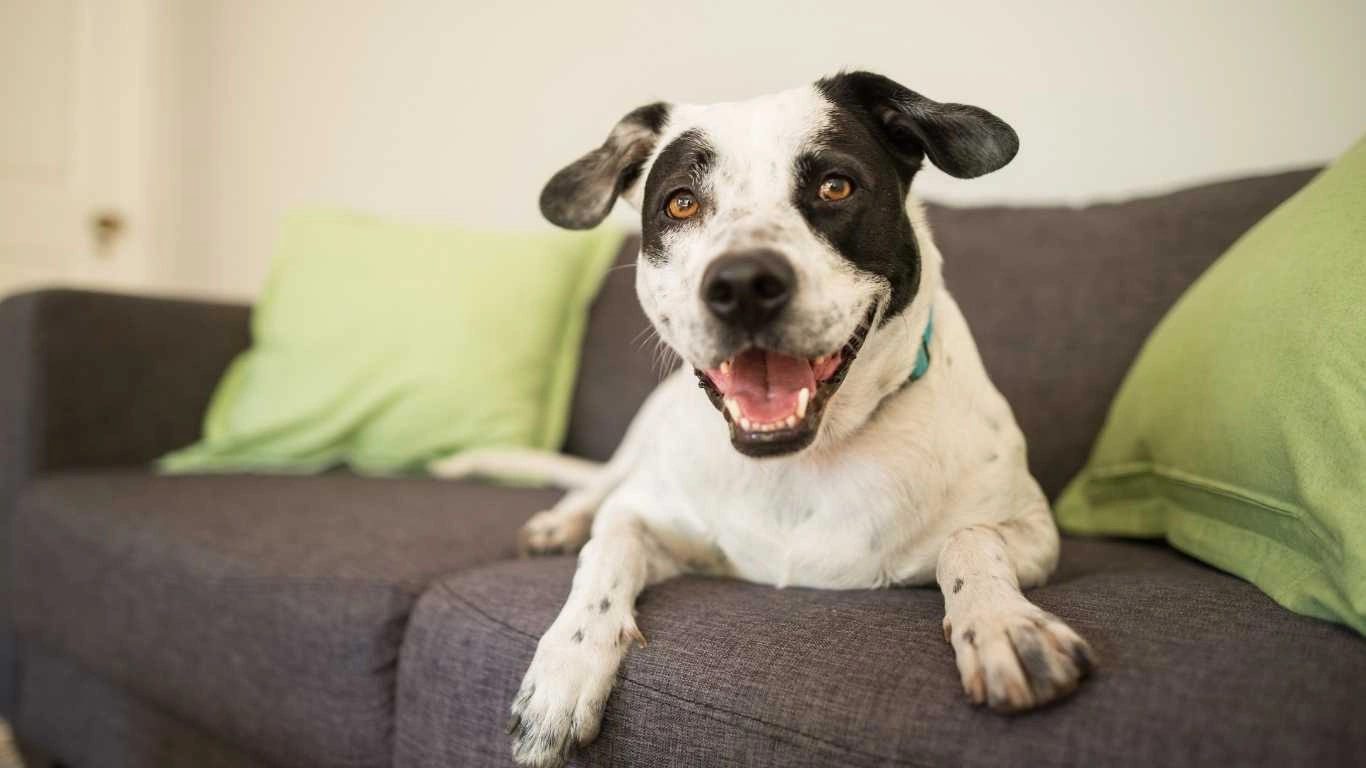
Now, I’m gonna say something you might not expect: treats are totally okay — as long as you choose the right ones and keep ‘em in moderation. I’ve met plenty of dog parents who think dieting means cutting out every little extra, but the truth is, dogs need encouragement, especially if they’re adjusting to new routines. Treats = motivation, especially during training or exercise.
Low-Calorie Treat Ideas That Dogs Love
- Frozen green beans – crunchy, cold, and weirdly satisfying for most pups.
- Baby carrots – great for chewing and packed with fiber.
- Apple slices (no seeds) – a sweet reward, just don’t overdo it.
- Boiled chicken bits – a protein-packed treat, especially useful for training.
Keep in mind: treats should make up no more than 10% of your dog’s daily calories. I used to keep a baggie of plain chicken chunks in my pocket during walks with one of our more “fluffy” shelter residents, Daisy. It kept her moving, tail wagging, and helped distract her from scavenging for random sidewalk snacks (you know how it is).
Adjusting the Diet Over Time (What to Watch For)

The thing about designing a homemade diet for overweight dogs is that it’s not a one-and-done situation. Dogs change, activity levels fluctuate, and weight loss doesn’t always follow a straight line. That’s why observation is key. When I worked in the clinic, we always told clients to treat their home like a mini check-in station: track meals, watch behavior, and weigh regularly.
Signs Your Dog’s Diet Needs Tweaking
- Weight loss plateauing – might need to reduce calories slightly or increase activity.
- Low energy or weakness – may not be getting enough protein or fat.
- Constant hunger or begging – try increasing fiber and volume with low-cal veggies.
- Changes in stool – keep an eye out for constipation or diarrhea, which may signal imbalance.
Weigh your dog every 1–2 weeks if possible, and jot it down. I like using a cheap digital scale and gently coaxing my dogs onto it with a treat. If you can’t weigh them at home, pop by your local vet or even some pet stores — they often have scales you can use for free.
Working With a Vet or Canine Nutritionist
This is one of the most overlooked steps, but it’s huge. Homemade diets — especially when aimed at weight loss — are best created in collaboration with a professional. Every dog is different, and factors like breed, age, pre-existing health conditions, and allergies can all influence the ideal plan.
In the shelter, we’d always get vets involved when changing diets for dogs with specific needs. Even with my own dogs, I do check-ins every few months just to be safe. There are also certified veterinary nutritionists (yes, that’s a real specialty!) who can create tailored meal plans if you’re feeling unsure or overwhelmed.
Think of it this way: you wouldn’t start a new diet or workout plan for yourself without at least googling it first — your dog deserves that same level of thoughtfulness and care.
Exercise: The Other Half of the Weight Loss Equation

Okay, so we’ve nailed down how to design a homemade diet for overweight dogs — but diet alone isn’t always enough. In fact, one of the biggest mistakes I’ve seen pet parents make (and I’ve made it myself!) is thinking that a lower calorie count can do all the work. Nope. Just like with us humans, dogs need movement to kickstart their metabolism and keep those pounds from creeping back.
But here’s the thing: not all exercise routines are created equal. I’ve worked with senior pups who could barely handle a slow walk around the block, and I’ve fostered hyperactive dogs who needed agility-level workouts. So it’s all about finding the right balance for your dog’s age, breed, and current fitness level.
Simple Ways to Get Your Overweight Dog Moving
- Short, frequent walks: Aim for 2–3 ten-minute walks a day if your dog isn’t used to much activity.
- Indoor playtime: Tug-of-war, hide-and-seek with treats, or short fetch sessions can work wonders.
- Swimming: Especially great for dogs with joint issues — low impact, high result.
- Puzzle toys and slow feeders: Not technically “exercise,” but mental stimulation burns calories too!
One of my shelter pups, Bruno — a chunky Labrador — used to hate walks. We started with laps around the kennel and eventually got him swimming in a kiddie pool. His progress was slow, but within a few months, his energy (and waistline) improved dramatically.
Staying Hydrated: The Overlooked Essential

You’d be surprised how many pet parents forget this one. Hydration is huge when you’re helping a dog lose weight. I once had a client dog on a high-fiber, low-fat diet who was always lethargic and constipated — turns out, he just wasn’t drinking enough water. Once we bumped up his water intake, everything leveled out.
Tips to Encourage Better Hydration
- Keep water bowls clean and full — dogs are picky, especially with stale water.
- Add water or bone broth to meals — this also slows down fast eaters.
- Use a pet water fountain — some dogs prefer flowing water, weird but true.
You can also monitor hydration by checking your dog’s gums (they should be moist) or gently pinching their skin to see if it snaps back quickly — slow skin return can be a sign of dehydration.
Common Mistakes to Avoid When Designing a Homemade Diet for Overweight Dogs
Even the most well-intentioned pet parents (and yep, I’ve been there too) can make a few missteps when creating a DIY diet plan. These don’t make you a bad dog owner — they just mean you’re human. Let’s go through some of the most common ones I’ve seen in the clinic and shelter world.
Overfeeding Healthy Ingredients
Just because something is healthy doesn’t mean your dog can eat unlimited amounts. I once had a sweet little senior who was on homemade meals, but her owner was giving her half a sweet potato at every meal. That’s a lot of carbs for a 20-pound dog! Watch those portions — even with the good stuff.
Skipping Supplements
Homemade doesn’t mean complete by default. Without calcium, vitamin D, and other micronutrients, your dog’s body can slowly start running on empty. I always recommend adding a vet-approved multivitamin or at the very least, calcium from ground eggshells or bone meal.
Using Unsafe Human Foods
Not everything in your fridge is dog-friendly. Never include:
- Onions or garlic (even powdered!)
- Grapes or raisins
- Macadamia nuts
- Chocolate (of course)
- Excessive salt or fat (like bacon grease)
I keep a running list on my fridge just to stay sharp — it’s easier than Googling mid-meal prep.
Resources & Tools to Help You Succeed
If you’re serious about designing a homemade diet for your overweight dog, there are tons of helpful tools out there. These are a few I’ve personally used or recommended to clients:
- PetMD – Great for double-checking safe ingredients and health advice.
- AKC – Offers breed-specific guidance and feeding calculators.
- NIH – For deeper health and nutrition science (if you like to geek out like I do).
You can also check with local pet nutritionists or certified canine dietitians. It might cost a bit upfront, but it can save you money (and vet bills) down the road.
Final Thoughts: It’s a Journey, Not a Sprint
At the end of the day, helping your dog lose weight through homemade food is one of the most loving and proactive things you can do as a pet parent. It’s not always easy, and it might take some trial and error, but the payoff — more energy, fewer vet visits, and maybe even more years together — is worth every bit of it.
I’ve walked this path with shelter dogs, with client pups, and with my own four-legged besties. And every time, it reminds me that dogs don’t need perfection — they need consistency, love, and a few chopped carrots along the way.
Disclaimer:
The information in this article is based on professional experience in animal care and should not replace veterinary guidance. Always consult your veterinarian before making major changes to your dog’s diet, especially if they have existing health conditions or are on medication.


